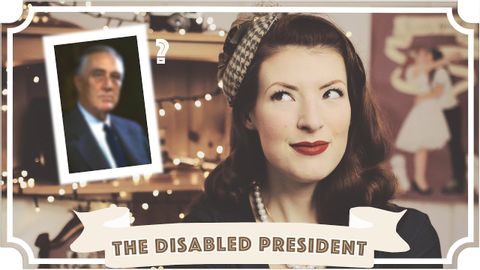美國殘疾總統[CC] (The Disabled President of the United States [CC])
 沒有此條件下的單字
沒有此條件下的單字US /ˈstrʌɡəl/
・
UK /'strʌɡl/
- v.t./i.奮鬥;掙扎;打鬥;搏鬥
- n. (c./u.)掙扎;掙扎;奮鬥;難題
US /ɪˈmjoon/
・
UK /ɪˈmju:n/
US /dɪˈprɛʃən/
・
UK /dɪ'preʃn/
- n. (c./u.)憂鬱;蕭條;憂鬱症;經濟蕭條;低氣壓;窪地
US /məˈdʒɔrɪti, -ˈdʒɑr-/
・
UK /mə'dʒɒrətɪ/
- n. (c./u.)大多數 ; 過半數 ; 大半;成年;多數黨;多數票

